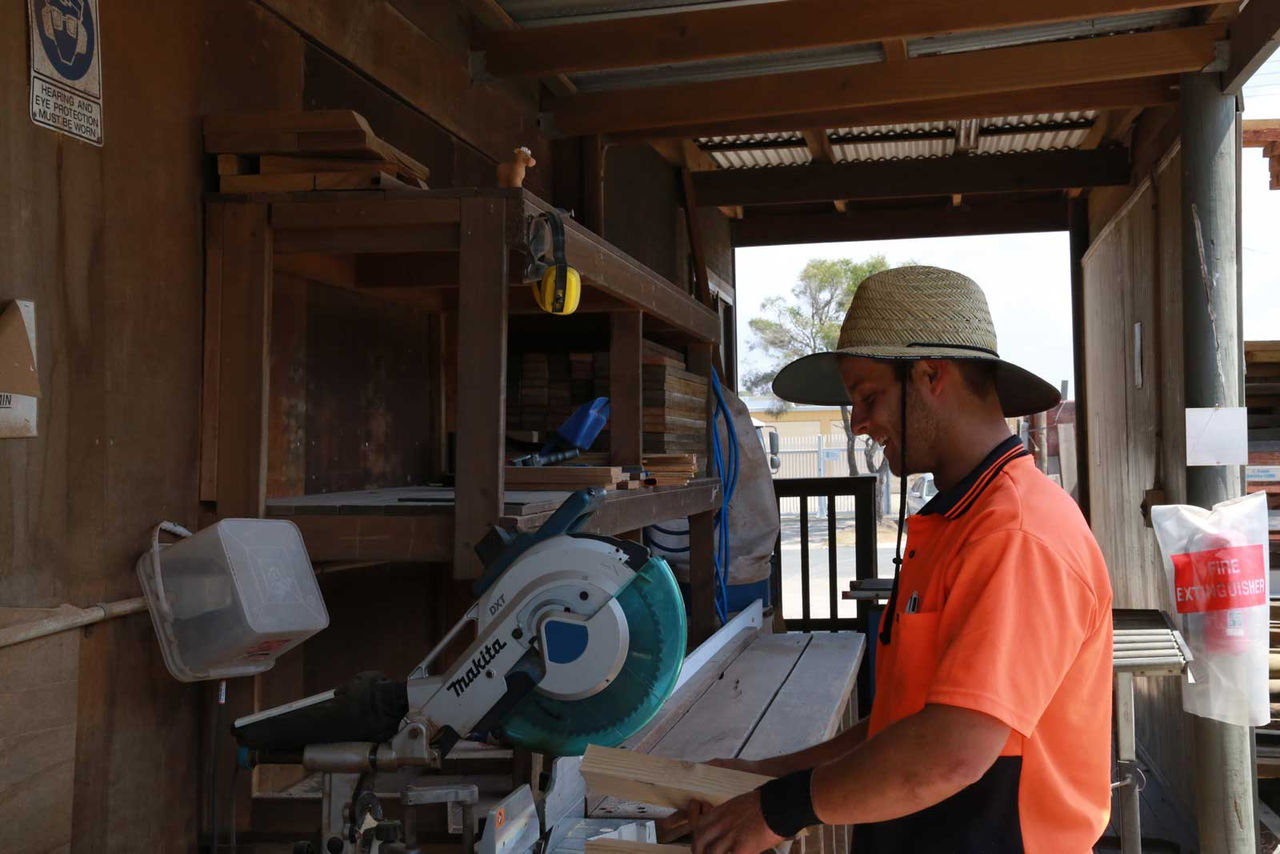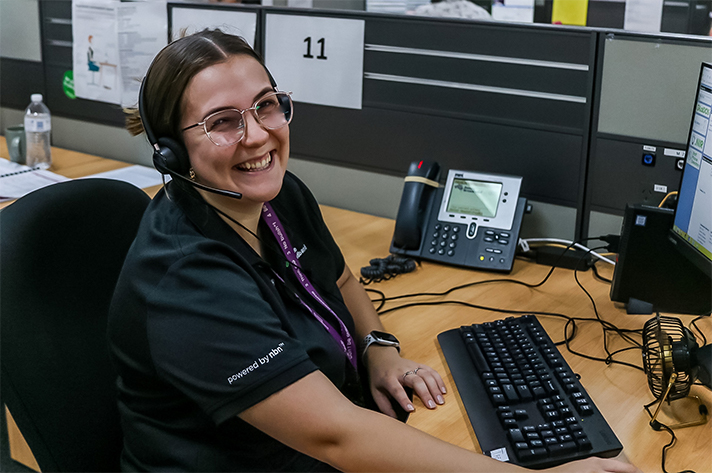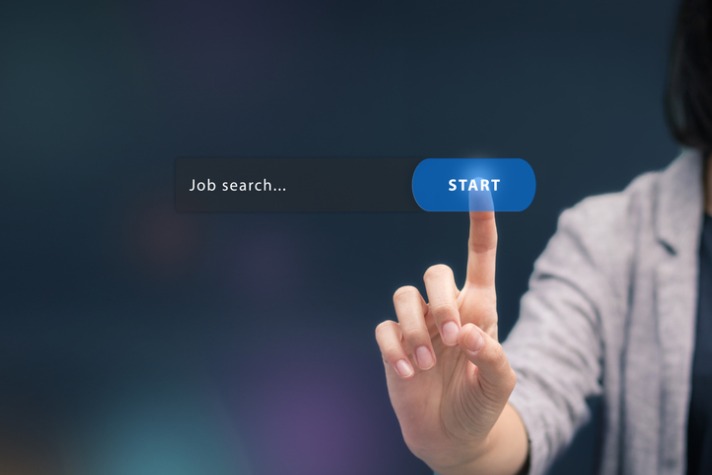Neurodiversity in the Workplace
Published by MAXSolutions on January 22, 2025

What is Neurodiversity?
Neurodiversity describes the idea that everyone in the world experiences different ways of thinking, learning and behaving. There is no one “right” way, and neurodiversity values the unique contributions of those who may have different or unusual ways of interacting with their environments.1
It is estimated that 15%–22% of the world’s population exhibits some form of neurodivergence, yet this is a difference that is often overlooked in equality, diversity and inclusion (EDI) goals for many organisations.2
Often, neurodiversity is used to describe Autism Spectrum Disorder (ASD); and sometimes Attention Deficit Hyperactivity Disorder (ADHD). Recently, neurodiversity, has been expanded to include*:
- Dyslexia
- Dyspraxia
- Dyscalculia
- Dysgraphia
- Post Traumatic Stress Disorder (PTSD)
- Tic Syndrome
- Obsessive Compulsive Disorder (OCD)
- Cognitive functioning difficulties
- Misophonia
- Slow processing speed, and
- Stammering.2
*Information on most of these conditions can be found in MAX’s e-library.
Advantages of including neurodiverse individuals in the workforce
A recent study compared the financial performance of 140 U.S. companies based on their inclusiveness, measured by the Disability Equality Index, a tool that scores disability inclusion policies and practices. Over four years, the 45 companies excelling in disability employment and inclusion showed 28% higher revenue, double the net income, and 30% higher economic profit margins compared to those with lower scores. Additionally, it was estimated that the U.S. GDP could gain up to US$25 billion if more people with disabilities joined the workforce.3
Fostering neurodiversity in the workplace4,5
Stigma, lack of awareness, and inadequate infrastructure (like office setup or staffing) can exclude neurodivergent individuals. Many solutions can enhance inclusiveness and leverage the strengths these individuals bring. These options are often easy and low-cost to implement, benefiting all employees by promoting wellness and performance. Additionally, offering these solutions universally minimises the risk of singling people out. Examples include:
- Accommodation any sensory needs, such as:
- Sound sensitivity: Offer a quiet work space, communicate expected loud noises (like fire drills), allow noise-cancelling headphones.
- Tactile: Allow modifications to the usual work uniform.
- Movements: Allow the use of fidget toys, encourage movement breaks, offer flexible seating.
- Use a clear communication style:
- Avoid sarcasm, euphemisms, and implied messages.
- Provide concise verbal and written instructions for tasks, and break tasks down into small steps.
- Provide clarity about workplace and social etiquette, without assuming someone is deliberately breaking the rules or being rude.
- Give advance notice if plans are changing, provide a reason for the change and allow people time to adapt to the changes.
- Don't make assumptions – ask a person's individual preferences, needs, and goals.
- Be kind, be patient.
If you would like to work better with neurodivergent people, or if you are a neurodivergent person contact your EAP in Australia on 1800 629 277 in New Zealand on 0800 327 669 or email support@maxsolutions.com.au.
References
1. Granger, C., Hameed, Z., & Kelly, R. (2023). Neurodivergence and the healthcare workforce: A hidden facet within equality, diversity and inclusion? BMJ Leader, 7, 1-7. doi:https://doi.org/10.1136/leader-2023-000809
2. Rollnik-Sadowska, E., & Grabińska, V. (2024). Managing neurodiversity in workplaces: A review and future research agenda for sustainable human resource management. Sustainability, 16(15), 6594. doi:https://doi.org/10.3390/su16156594
3. Companies Leading in Disability Inclusion Have Outperformed Peers, Accenture Research Finds
4. Vogus, T. J., & Taylor, J. L. (2018). Flipping the script: Bringing an organizational perspective to the study of autism at work. Autism, 22(5), 514-516. https://doi.org/10.1177/1362361318776103
5. Marshall, B. A. (2022). Workplace neurodiversity: An exploratory study (Order No. 29391042). Available from ProQuest Central. (2727595283). Retrieved from http://ezproxy.slq.qld.gov.au/login?url=https://www.proquest.com/dissertations-theses/workplace-neurodiversity-exploratory-study/docview/2727595283/se-2
Share
Tags
Found this useful?
Help and advice
Our blogs are about helping people seek the information that they need for their steps in the workforce.




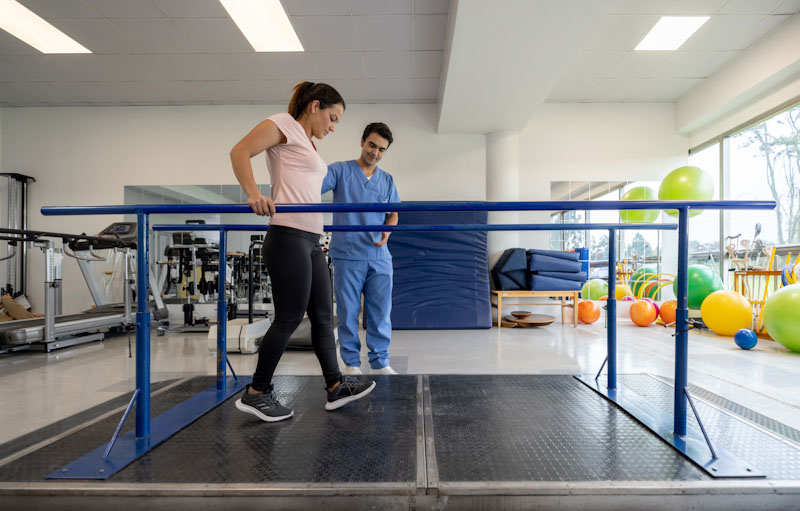
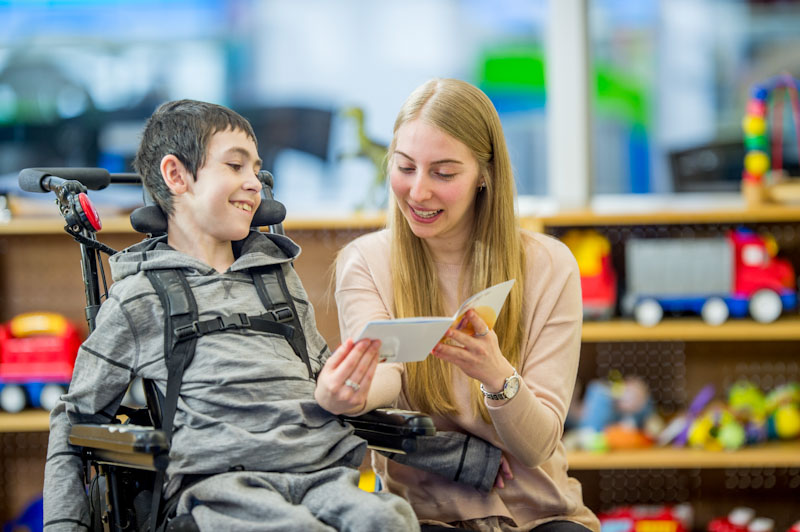








_1.jpg)




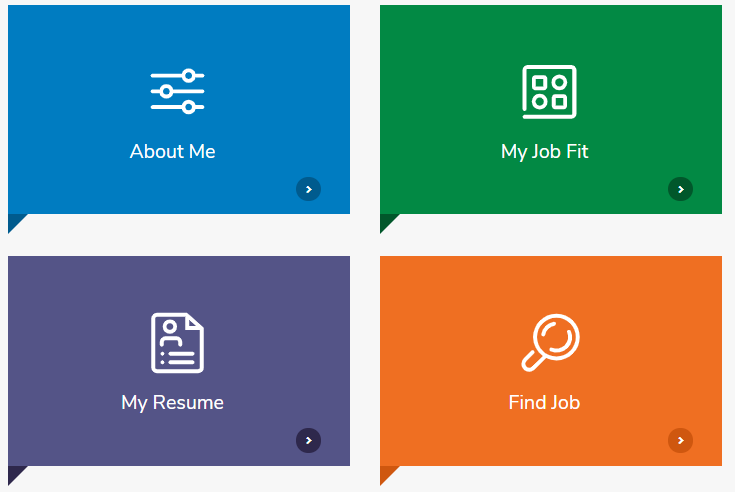

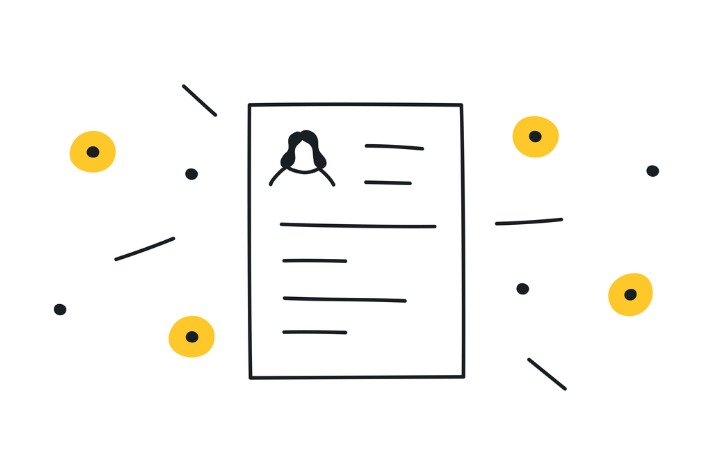






















.jpeg)
